Why Do the British Drink Tea with Milk? The Surprising History Behind It
Ever wondered why the British prefer their tea with milk? This cultural quirk may seem odd to many, but the reason behind it goes far beyond taste. In fact, there’s a rich history and practical reasoning that has shaped this tradition. Ready to discover the fascinating story behind Britain’s beloved milk tea? Let's dive in!
The world is well aware of the British love for milk tea.
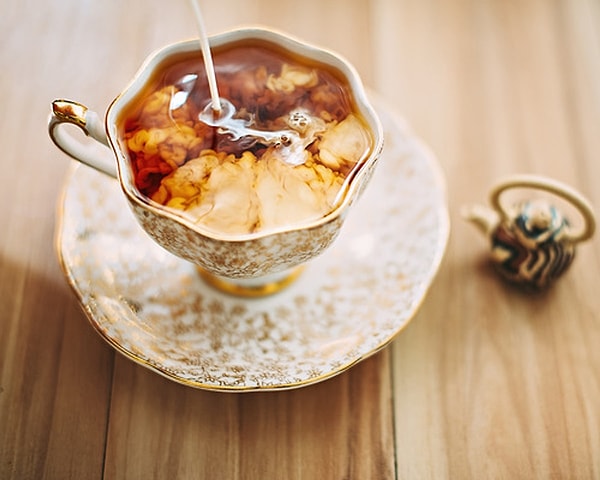
Although it’s thought to be chosen for its flavor, the practice of adding milk to tea has a historical background and a logical reason. If you ask why the British prefer milk in their tea, we should first say that this dates back to the 18th century.
At that time, tea was a truly important cultural element.
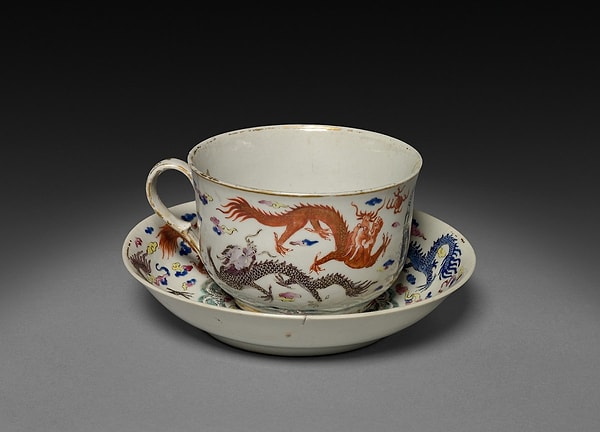
People were drinking tea from traditional Chinese cups. During that period, tea was also seen as a ‘class’ symbol, and people couldn’t afford expensive cups.
The cups would break easily when exposed to heat.
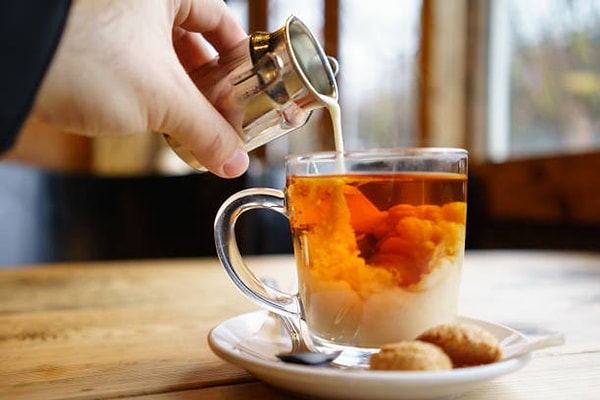
For this reason, people preferred to pour cold milk first, followed by the tea. Some sources also mention that since tea was expensive at the time, people used it sparingly. That’s why cups were consumed with half milk and half tea.
Later on, tea stopped being a ‘class’ symbol and became a drink consumed by everyone from the working class to the aristocracy.
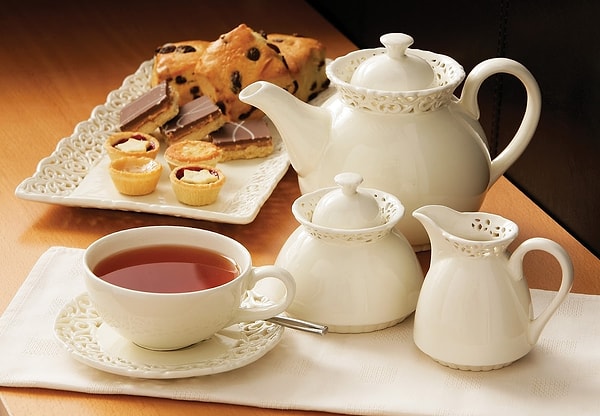
Adding milk to tea became a status symbol in itself. Another interesting detail related to social status was the debate over whether milk should be added before or after the tea. Since the working class typically used lower-quality porcelain, they would pour milk first and then tea. The wealthier class, using more durable porcelain, would pour tea first, then add milk. This difference illustrated the divide between social classes at the time.
Of course, taste is also an important factor.
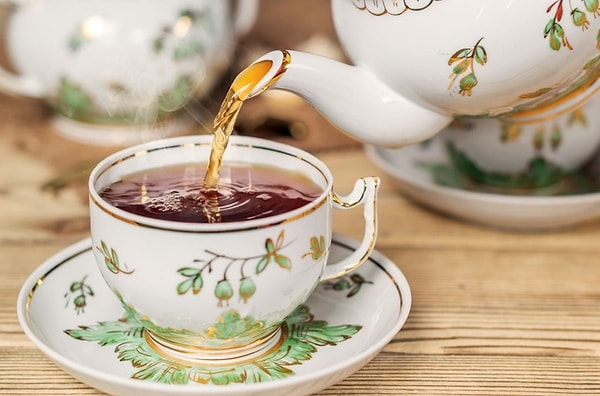
Black teas generally have a strong and robust flavor, as you can imagine. Milk softens this bitterness and intensity, creating a more balanced taste. The black tea varieties favored by the British, such as Assam and Ceylon, are particularly strong, so milk makes the tea taste smoother.
Moreover, milk balances the acidity of tea.
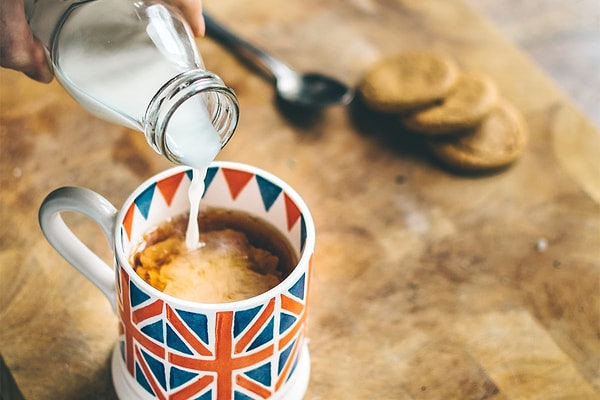
Tea naturally contains some acid, and when mixed with milk, this acidity decreases, providing a more pleasant drinking experience. The fats in the milk also enrich the texture of the tea, offering a creamier and smoother sip.
As a small side note: In England, tea is not just a drink but a social ritual.

For the British, the concept of 'tea time' is an important moment when people come together at different times of the day for social interaction. Concepts like 'Afternoon Tea' and 'High Tea' show that tea is central to daily life. In these rituals, adding milk to tea is quite common, and milk tea is often served with small sandwiches or cakes.
Keşfet ile ziyaret ettiğin tüm kategorileri tek akışta gör!


Send Comment